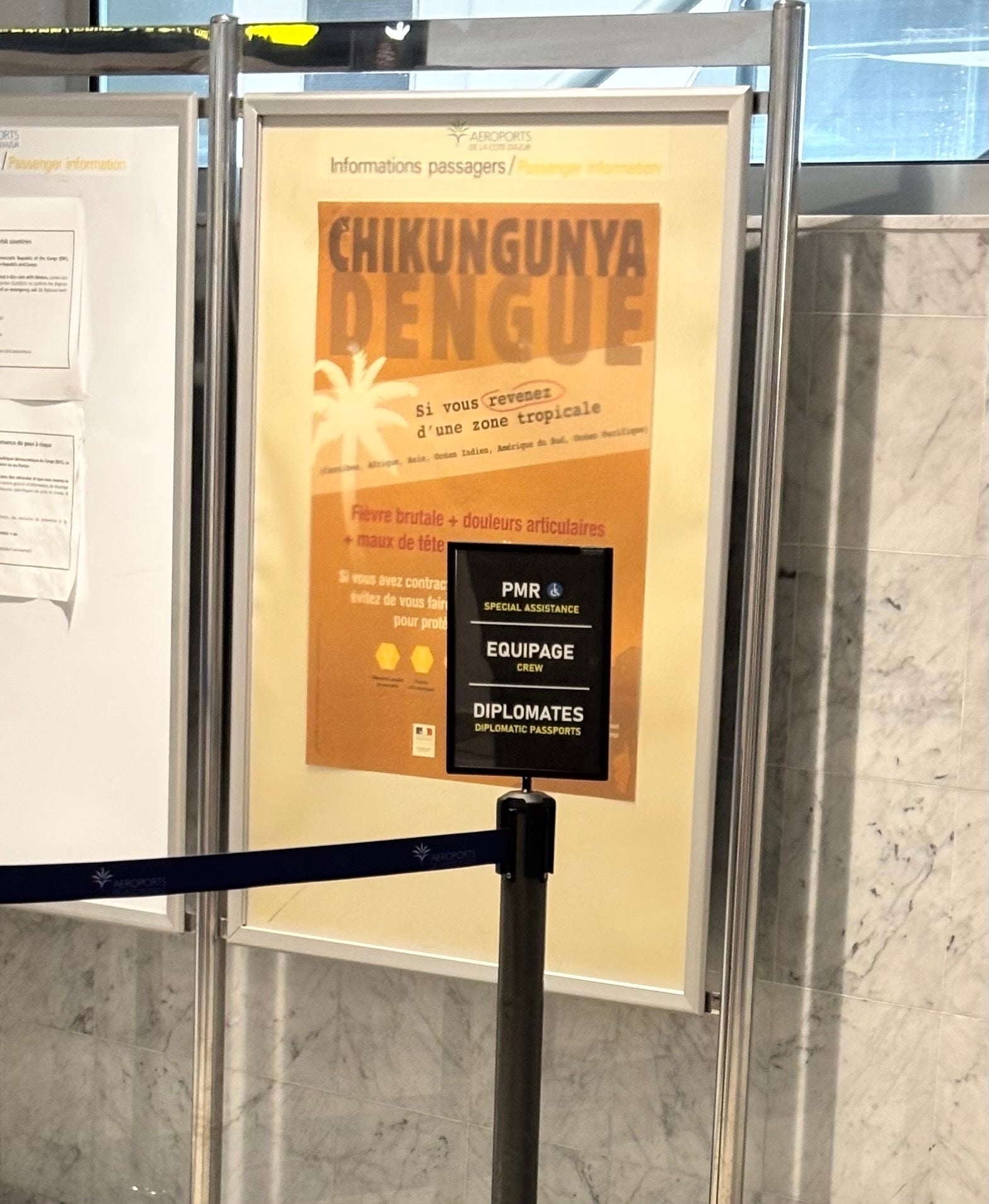Health authorities are warning travellers of a mosquito-borne virus that can cause debilitating joint pain, after thousands of cases have been reported in a few weeks in China.
Almost 8,000 instances of the chikungunya virus have been diagnosed in the country, mostly in Foshan city in Guangdong province. It has prompted authorities to impose forceful measures, including mass quarantines, although the virus is not spread person to person.
The World Health Organisation (WHO) has now raised its concern about the virus, giving new guidelines to healthcare providers on how to help those who have contracted chikungunya.
Diana Rojas Alvarez, a medical officer at WHO, told reporters in Geneva that an estimated 5.6 billion people, across 119 countries, are at risk from the virus. This year so far, France has reported 49 cases of chikungunya virus on the mainland and in Corsica. Italy has reported two.
While Europe is not currently experiencing a severe outbreak, health officials on the continent are making travellers aware of the virus as well as the rollout of a new vaccine in the UK.
Here is what travellers need to know about the virus, plus advice from a specialist travel doctor on how to best prepare for travelling overseas.
What is chikungunya and how is it spread?
Chikungunya virus disease is a mosquito-borne disease that is found across tropical and sub-tropical regions.
It is spread to humans by a bite from an infected mosquito. It cannot be passed from human to human.
Most cases have been found in the Americas, Africa and Asia. Brazil has had the most cases in 2025 (more than 185,000), followed by Bolivia with more than 4,700.
In total, there have been approximately 240,000 chikungunya cases and 90 related deaths across 16 countries or territories since the beginning of the year.
La Réunion and Mayotte, two French islands off the east coast of Africa, have ongoing outbreaks of chikungunya, with the former recording 54,000 cases as of July 2025.

The transmission of dengue and chikungunya virus in mainland Europe has been linked by the European Centre for Disease Prevention and Control (ECDC) to travellers who have caught the virus outside the region, then travelled inadvertently with infected
Click Here to Read the Full Original Article at The Independent Travel…
